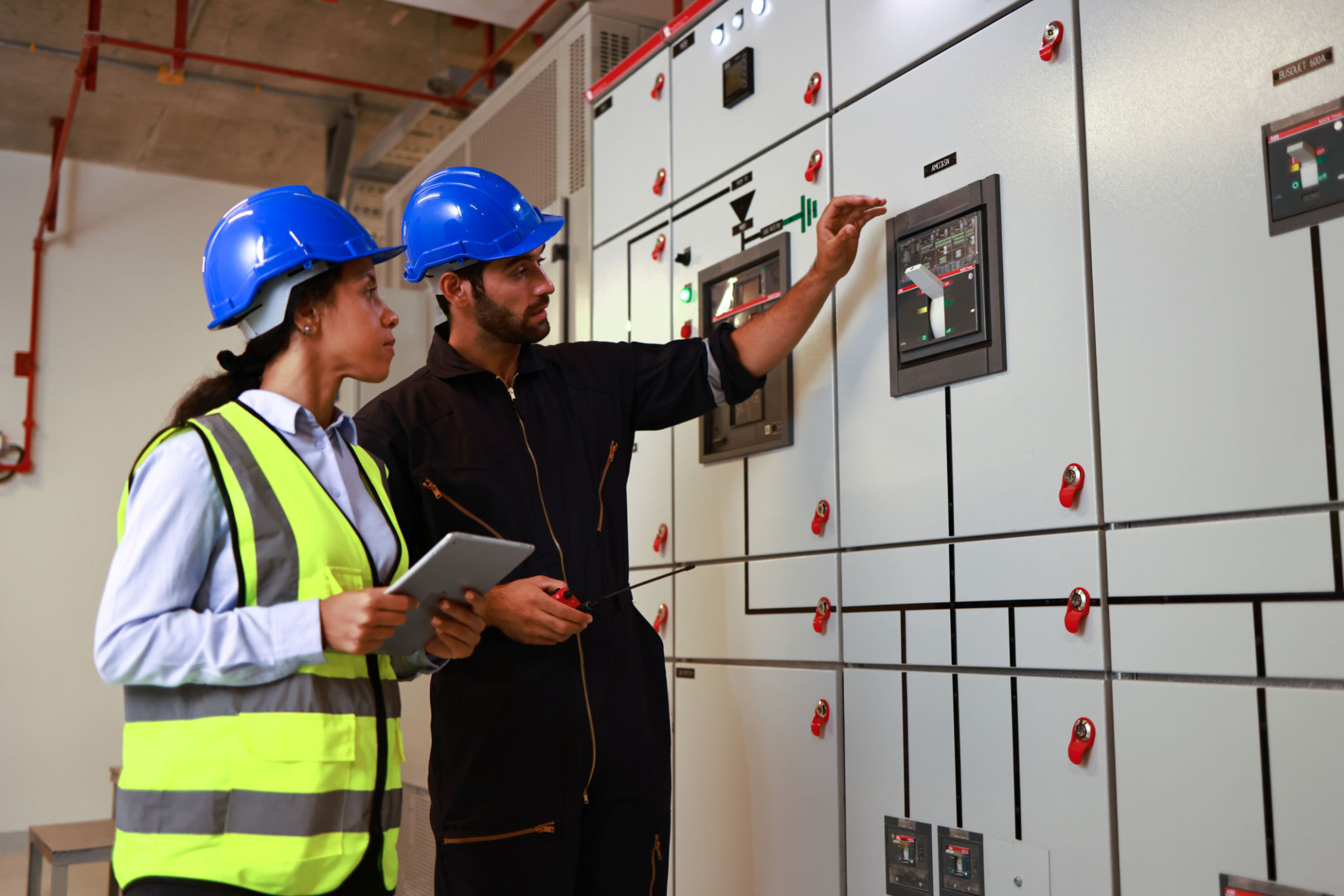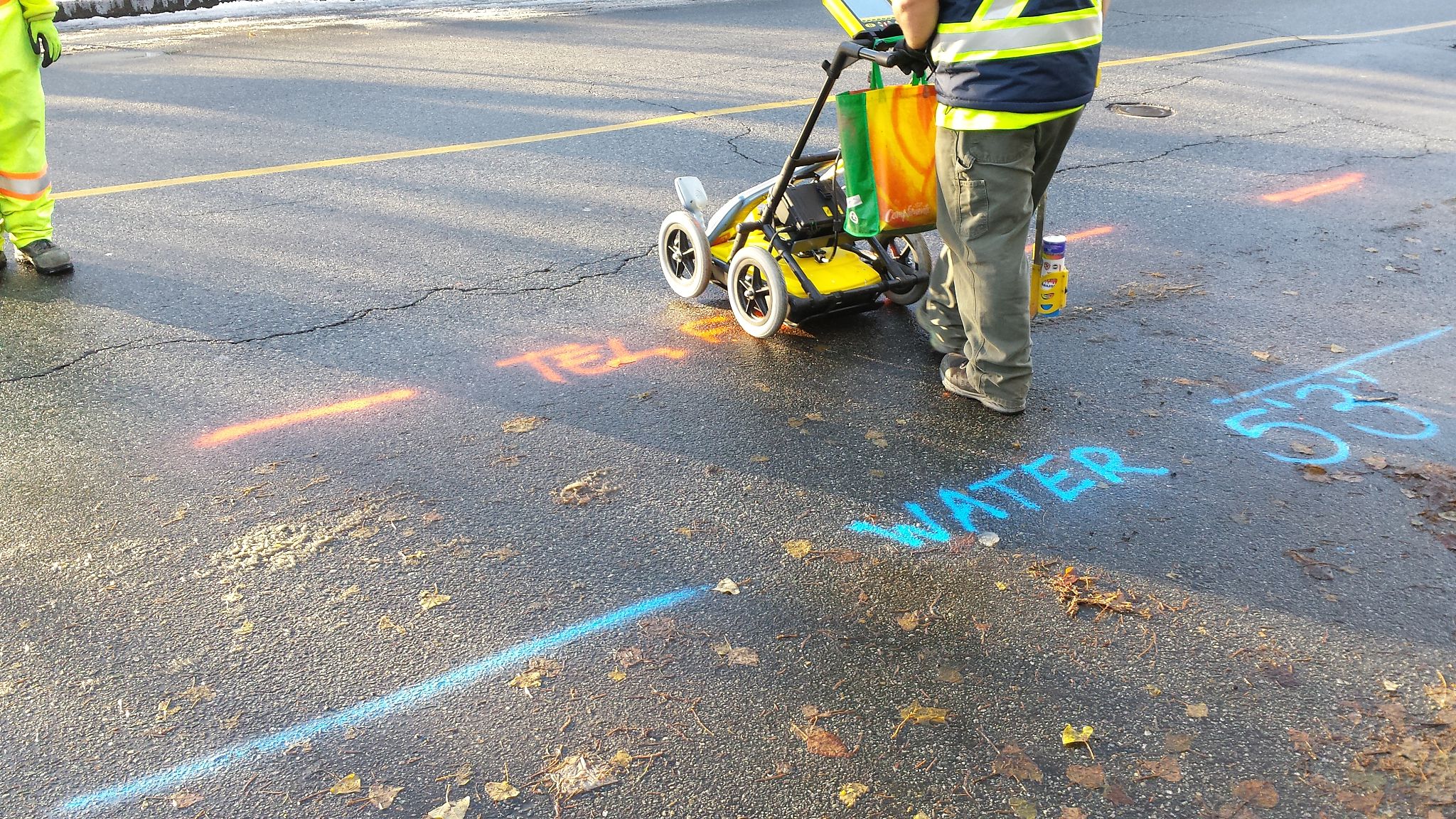The Ultimate Guide to Private Utility Locating: What Homeowners Need to Know
Understanding Private Utility Locating
Before starting any home improvement or landscaping project, understanding the location of underground utilities is crucial. Many homeowners are familiar with public utility locating services, but private utilities can often be overlooked. Private utility locating involves identifying underground lines that are not covered by public services, such as those within private properties.

Private utilities can include water lines, electrical conduits, gas pipes, and even communication cables running from the main connection to a home or other private structures. Ignoring these could lead to costly damages, service interruptions, or even safety hazards.
Why Private Utility Locating Is Important
Homeowners must prioritize private utility locating for several reasons. Firstly, avoiding damage to underground utilities prevents costly repairs and ensures safety during excavation activities. Secondly, knowing the location of these utilities helps in planning projects efficiently, saving both time and resources. Lastly, it is a legal requirement in many regions to locate and mark utilities before any digging or excavation work.
By engaging with a professional private utility locating service, homeowners can prevent potential hazards and ensure compliance with local regulations. These services use advanced technology such as ground-penetrating radar to accurately detect utilities without causing disruptions.

How Private Utility Locating Works
The process of private utility locating typically involves a few key steps. Initially, a professional technician will consult with the homeowner to understand the scope of the project and any known utility locations. Next, specialized equipment will be used to survey the area and detect underground lines. This can include electromagnetic locators and ground-penetrating radar systems.
- Electromagnetic locators: Used for tracing metallic pipes and cables.
- Ground-penetrating radar: Effective for detecting non-metallic utilities like plastic pipes.
Once detected, the utilities are marked on the surface using flags or paint, providing a visual guide for safe digging.
Choosing the Right Private Utility Locating Service
Selecting a reliable service provider is crucial for accurate results. Homeowners should consider companies with proven experience, modern equipment, and positive customer reviews. It's also beneficial to choose a service that offers comprehensive reporting, including maps and detailed information about detected utilities.

Additionally, homeowners may want to inquire about the provider's insurance coverage and adherence to industry standards to ensure full protection and compliance during the locating process.
Conclusion: Protecting Your Property
In conclusion, private utility locating is an essential step in any home improvement project that involves digging or excavation. By understanding the importance of locating these hidden utilities and choosing a reputable service provider, homeowners can protect their property, avoid costly damages, and ensure the safety of their projects.
Taking proactive measures today can save homeowners from potential headaches in the future. Whether you are planning a garden makeover or installing a new fence, make sure private utility locating is at the top of your checklist.
